Be honest. Until now, did you have a prior familiarity with the name Emily Anderson? Did you know that this Galway-born woman was the most brilliant codebreaker of her era in Britain during two World Wars? And as a lifetime side project, she published the definitive translations of letters by composers Beethoven and Mozart? That she was awarded an OBE in 1943 by King George V for her services to the British Foreign Office?
We can thank University of Galway history academic, Jackie Uí Chionna, for bringing Anderson’s name into the wider public domain. Uí Chionna has just published a biography that took six years of research, Queen of Codes, the Secret Life of Emily Anderson, Britain’s Greatest Female Codebreaker.
It was during the course of research for a previous biography that Uí Chionna came across letters in college archives that initiated her intrigue regarding Anderson. As it happens, the two women shared a campus. Anderson had been the daughter of a former president of what was then called Queen’s College, Galway. Alexander Anderson, a physicist born in Coleraine, Co Derry, was appointed to the role in 1903, when his daughter Emily was eight. Emily’s mother, Emily Binns, was from Galway. The family subsequently moved to the large on-campus residence that came with the job at the time.
“One of my colleagues has an office that used to be her bedroom,” Uí Chionna says.
The Andersons were Presbyterian in a Catholic city, and lived cloistered within the campus walls. Uí Chionna surmised that the family’s relative isolation from their wider society “led Emily to be very self-reliant and secretive”. It was at Galway that Anderson studied, swiftly displaying her outstanding ability with languages. She graduated with first-class honours and “special distinction” in both French and German.
[ Pamela Rose obituary: Actor who gave up the stage to become a wartime codebreakerOpens in new window ]
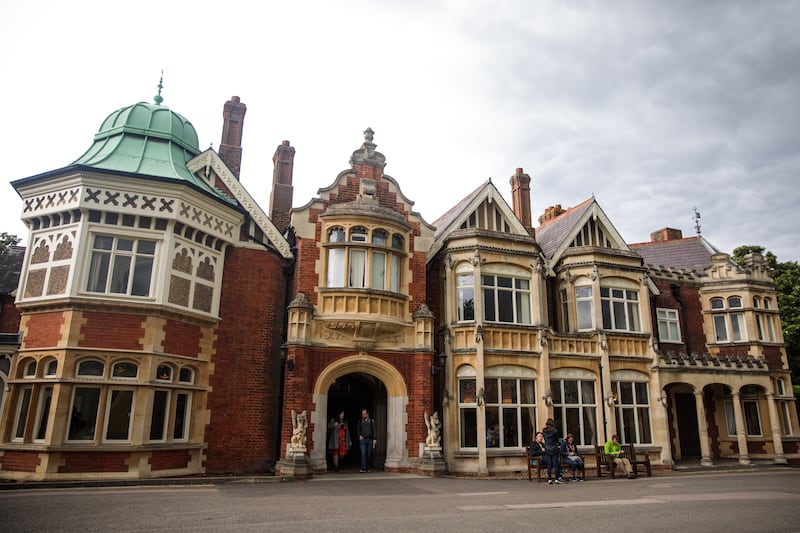
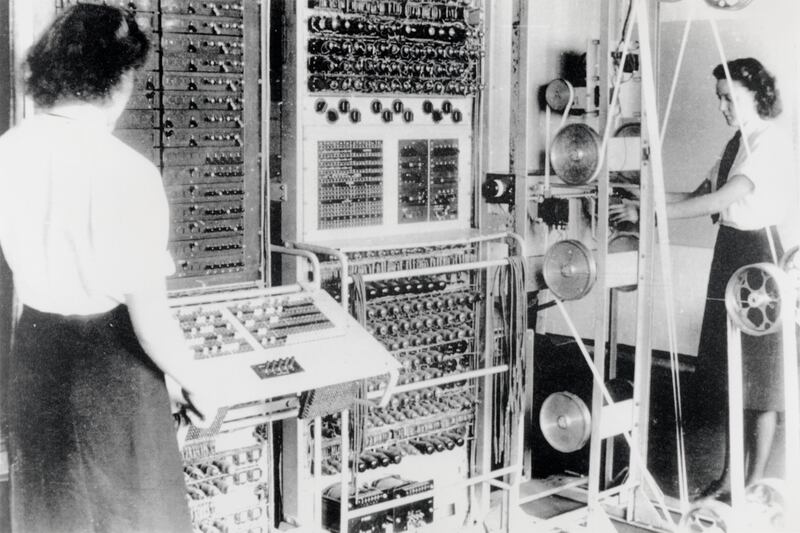
In time, she became the first professor of German at Galway. Her other interest was classical music. We do not know exactly who in the British Foreign Office approached Anderson in 1917, but it was at this point that she moved to London and began the work that made her invisibly famous.
‘It is a feat of mental gymnastics of unimaginable difficulty that the rest of us couldn’t even think about’
— Jackie Uí Chionna
Does Uí Chionna think there is something ironic that an Irish woman was “Britain’s greatest female codebreaker”, as she describes Anderson in her book’s subtitle?
“It’s ironic, but it is also a fact,” she says. “Emily worked for British intelligence all her professional life. Yes, she was an Irish woman, born and raised in Ireland. But she was recruited to British intelligence; she was born in 1891 into the British Empire, and she was recruited in 1917 and became a permanent member of the British Foreign Office in 1920. She is British to all intents and purposes. And she wasn’t the only one. There were plenty of other Irish people working within the British Foreign Office.”
[ Irish woman honoured for wartime work at Bletchley ParkOpens in new window ]
The work Anderson excelled at for her entire professional life was the complicated and incredibly difficult task of codebreaking. “It is a feat of mental gymnastics of unimaginable difficulty that the rest of us couldn’t even think about,” Uí Chionna says.
At one point, Anderson worked at the storied Bletchley Park, which was the secret headquarters for codebreakers during the second World War. An astonishing 10,000 people worked there, 7,000 of whom were women. Word never got out internationally as to what was going on in this quiet part of Buckinghamshire. Churchill later stated of the staff’s discretion who worked there: “The geese that laid the golden eggs never cackled.”
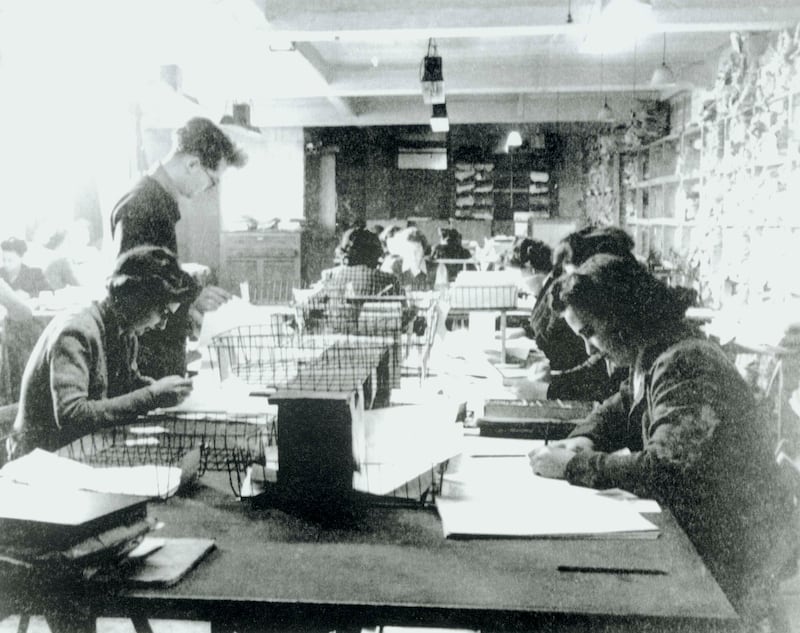
Uí Chionna explains the wartime work of decoders and of codebreakers, who obtained military and diplomatic intelligence from other governments. “I had assumed everyone at Bletchley Park was a codebreaker, and that’s not true.”
Many of those who worked there were decoders, which was a crucial but much less challenging job. At base, it involved listening in to the Morse code that came through the wireless signals and transcribing the dots and dashes into letters and numbers.
“You have a station that is sending the signal and a station that is receiving them,” Uí Chionna explains. “The signals were sent from one country to its own people, so the Germans were sending signals to their officer or their diplomats, but anybody can listen in on. But listening in is no good, unless you know how that message is coded and therefore you can break in to that code. Most signals were transmitted 24 hours a day, particularly during the height of the first and second World War. It was the safest means to communicate, and most people assumed their codes couldn’t be broken: certainly, the Germans assumed that their codes couldn’t be broken.
“Everyone knew the only way to hear what your enemy was saying was to eavesdrop on the conversation. It’s the equivalent of tapping someone’s phone. You’re listening in, and they know you’re listening in, so therefore they are going to gobbledegook their message so you can’t figure out what they’re saying.”
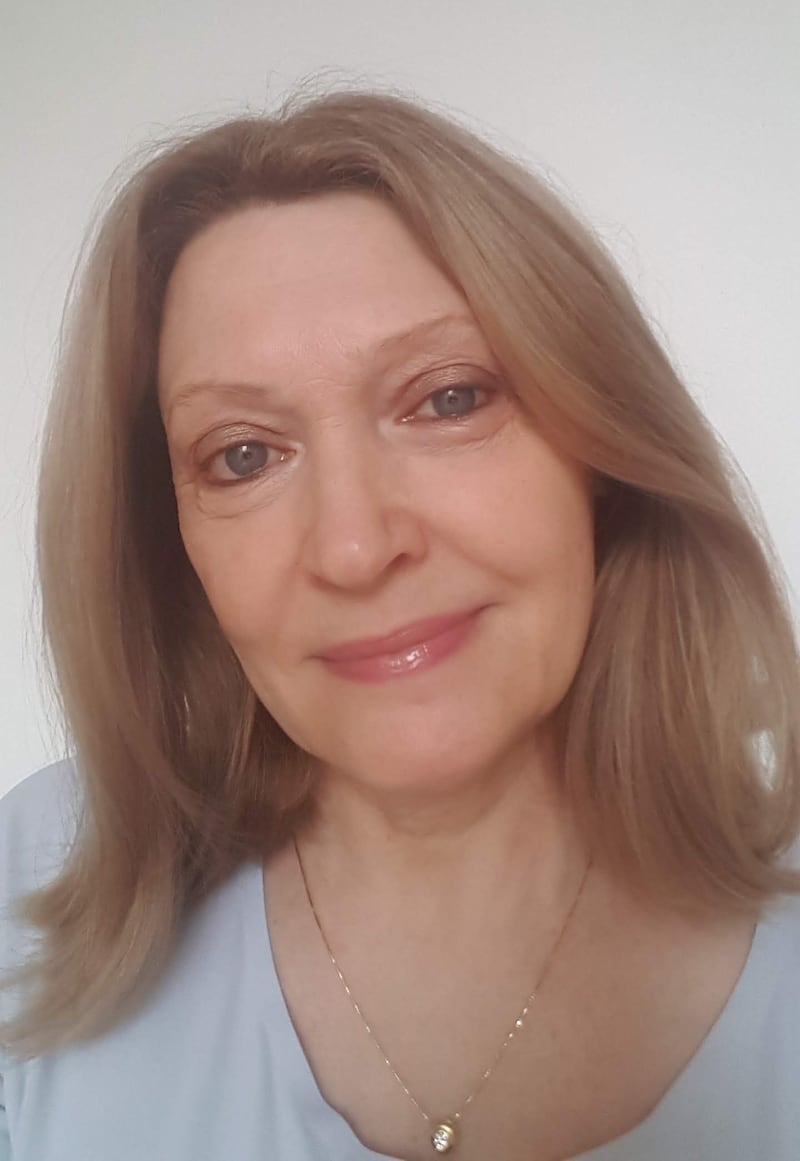
The work that linguist Anderson was so skilled at involved studying the pages of transcribed Morse code the decoders brought her.
“But you don’t know from that information what [is] the message being sent, or even what the language is. It could be German or Italian or French. And if that language is then encrypted, it’s a further complication. Experienced linguists like Emily would look for where you would expect to see a verb in a sentence. She could literally look at a page of what would look to the rest of us like gobbledegook, and she could make sense of it, and start to see patterns emerging.”
Although a professor of German, Anderson’s speciality language was Italian. Her training in reading and playing music also helped her detect patterns and repetitions in code.
[ Squaring the circle of the Bletchley Park codebreakersOpens in new window ]
So what was she looking out for?
“There were two types of signalling. One was military intelligence, which was the soldiers and the generals talking to each other. Military intelligence would all be about troop movements, supply chains, plans of attack. That sort of stuff. Very straightforward, but crucial information. Five cruisers would be leaving Cairo on May 15th with 20,000 men on board. That is the kind of information the enemy needs to know, because then they can pilot their course.
Anderson had to be completely secretive about it. Family and friends thought she was working at the Foreign Office as a translator
“The other side of the coin is diplomatic intelligence and that was Emily’s particular metier, [which] she was brilliant at doing. Diplomatic intelligence is all about ambassadors, embassy staff, diplomats and politicians talking to each other. So that is much more about strategy, and how moves are going to be perceived and [that] kind of stuff. It’s of a very, very complex nature and it takes an awful lot more ability as a codebreaker to break a diplomatic code.
“The simple reason is, soldiers talk in very straightforward terms. They are talking about numbers, specific manoeuvres. Whereas diplomats are, generally speaking, people who have had a very broad and wide range of experience and education; they are multilingual; they bring all sorts of reference to bear on their code. You need to know poetry, you need to know music, you need to know all these different allusions that they are going to make in their message, and that is what Emily was absolutely the best at.”
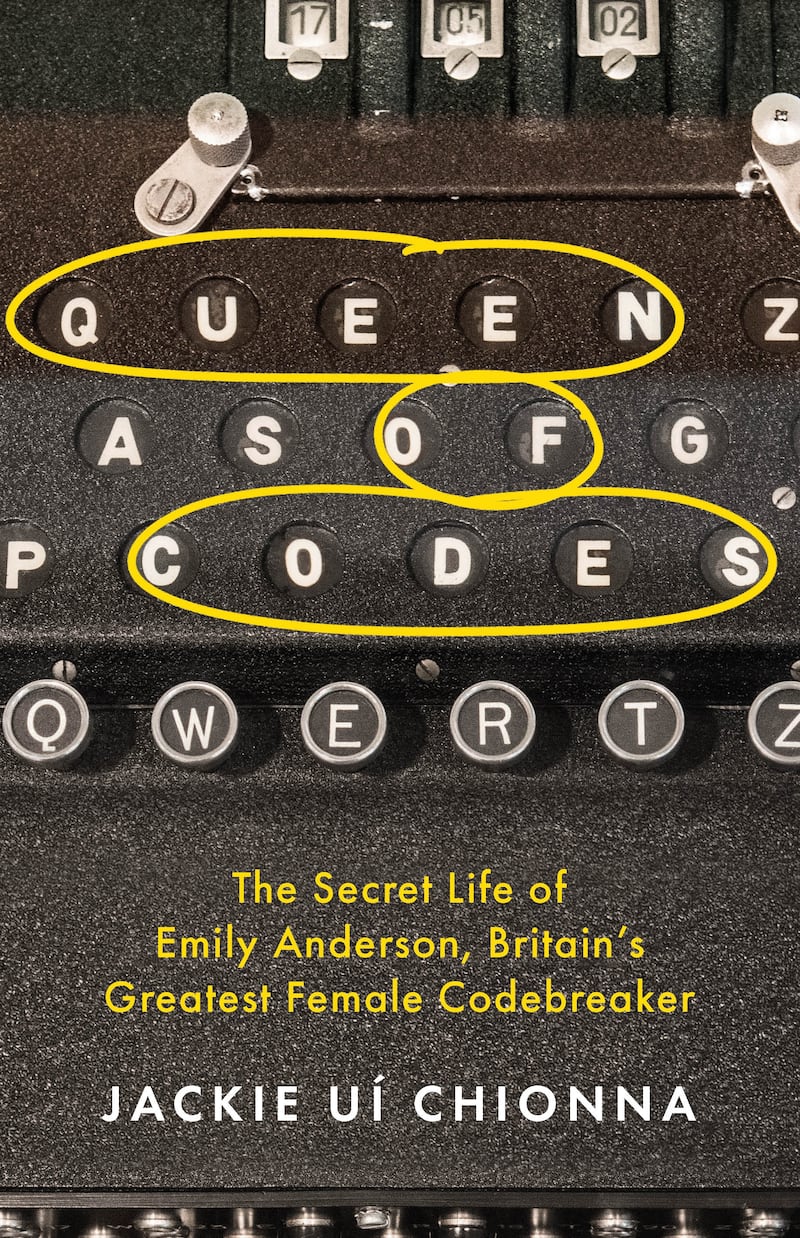
Anderson not only had to be expert at breaking codes but had to work under the pressure of great speed: codes were routinely changed every 12 hours. Then the cycle began all over again.
Due to the nature of the work, Anderson had to be completely secretive about it. Family and friends thought she was working at the Foreign Office as a translator. They knew that in her spare time she loved going to concerts and playing her piano, and had a long-term musicology project working on translating into English the letters of Beethoven and Mozart.
‘[Emily Anderson] was far and away the best-paid of the women civil servants in the entire British civil service, not just the Foreign Office’
— Jackie Uí Chionna
It was the societal norm of the day that there was no gender parity of pay. Men were paid more for doing the same job. Anderson sought, and got, the highest level of pay she could, and also tried to campaign for her fellow women colleagues to be better paid. But even though she was a brilliant codebreaker, she was never paid the same as her male colleagues.
“We are still struggling on that pay parity front,” Uí Chionna observes.
Anderson was, however, appointed junior assistant of the Foreign Office. “You hear that [job title] and think ‘junior assistant’ sounds like she’s in charge of filing. But that is how the system worked – junior assistant, senior assistant, senior secretary, secretary. She was the first woman ever appointed to that position within the English civil service. She was also the first woman to get the high salary: she was far and away the best-paid of the women civil servants in the entire British civil service, not just the Foreign Office.”
Anderson was awarded an OBE in 1943, and in 1961, an Order of Merit from Germany, to mark her work on the translations of Beethoven’s letters. She died a year later, in 1962. Her medals were placed atop her coffin, but Uí Chionna has found no trace of what happened to them. Anderson’s wishes were to be cremated and her ashes scattered on the Crocus Lawn of Golders Green Crematorium.
[ Lost collection of Alan Turing letters found in old filing cabinetOpens in new window ]
“I think she just wanted to disappear and not leave any trace of her work as a codebreaker. I believe her medals were cremated with her.”
The name of Emily Anderson is remembered in the University of Galway, where she lived, studied, and worked until her permanent move to another life in London. In 2017, the university’s concert hall was renamed in her honour. An annual concert is now held in her memory. Those who pass through the concert hall doors will now know much more about the woman for whom the building has been renamed.
Queen of Codes: the Secret Life of Emily Anderson, Britain’s Greatest Female Codebreaker, by Jackie Uí Chionna, is published by Headline











